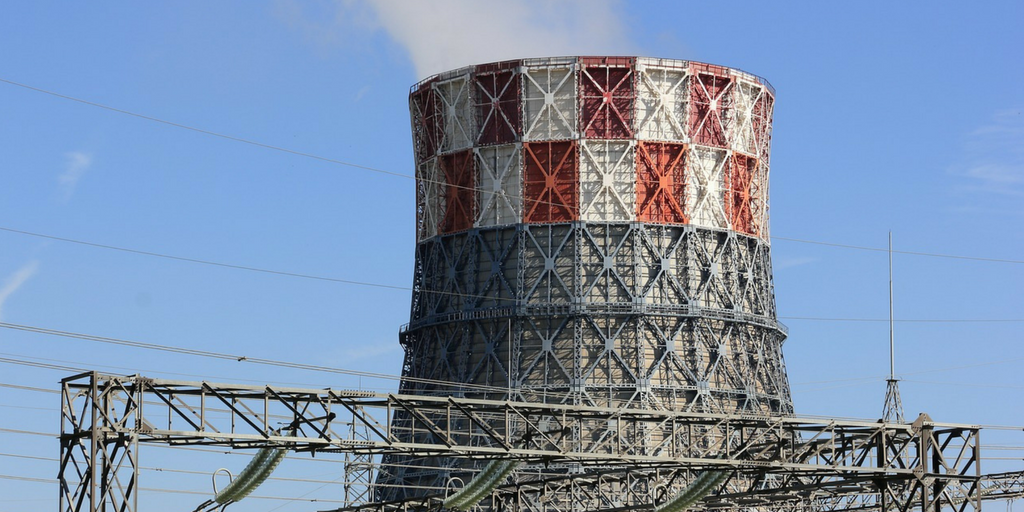Gacko II, Bosnia and Herzegovina
The Republika Srpske government plans to build a new 350 MW lignite power plant in Gacko, near the town’s existing plant. After years of stagnation, in August 2022 it was reported that the Czech company Witkowitz was considering investing in the project.

Stay informed
We closely follow international public finance and bring critical updates from the ground.
Background
In December 2017, a Memorandum of Understanding was signed between state-owned utility Elektroprivreda Republike Srpske, the China Machinery and Engineering Corporation (CMEC) and Emerging Markets Power Fund, to build a new 350 MW lignite power plant in Gacko, near the town’s existing plant. After years of stagnation, in August 2022 it was reported that the Czech company Witkowitz was considering investing in the project. However, it is still unclear where financing would come from.
As is too often the case in southeast Europe, there has been no convincing analysis proving that this plant is needed or that it would be the best way to provide Bosnia-Herzegovina’s energy supply in the coming years.
In April 2018 an analysis by economist Damir Miljević showed that fatal flaws in the input data make it highly likely the plant will generate losses. Three out of the main data inputs for the official feasibility study – the price of coal, electricity sales price, and the price of CO2 – are unrealistic:
- A realistic price of coal is mentioned in the study as just over EUR 18 per tonne – yet the amount used in the calculation is much lower, around EUR 13.3 per tonne.
- The Study foresees export of all the electricity generated, at a price of EUR 50 per MWh, except in exceptional cases when 30% would be sold on the domestic market at EUR 19.90 per MWh. There no evidence that the electricity would find a market in the long term and that it could be sold at this price. Moreover, the scenario including 30% of electricity being sold domestically is not even examined in the calculation – if it was it would show that the plant is unprofitable.
- A CO2 price of EUR 5 per tonne is mentioned in the text, but not included in the feasibility calculation. Including even this very low CO2 price in the calculation would take the plant into the realm of unprofitability.
The analysis concludes that although the official feasibility study for Gacko II claims it would generate profit of around EUR 23 million per year, with more realistic input data, a loss of minimum EUR 1.15 million per year looks more likely.
By now the study is also very much out of date, and the impacts of the EU’s planned Carbon Border Adjustment Mechanism would need to be taken into account for any electricity planned for export.
A March 2023 study by IEEFA found that Gacko II would become a stranded asset under several scenarios, even with generous assumptions that favour lignite generation, and that financing for the project is uncertain. The study also found that investing in onshore wind and utility-scale solar PV would offer safer and improving returns, quicker construction and cleaner power, as well as better access to financing.
In October 2023, an environmental impact assessment process began for the project.
Latest news
Red flags over plans to swap coal for biomass and waste incineration in Tuzla
Blog entry | 8 September, 2022The European Bank for Reconstruction and Development (EBRD) and Bosnia and Herzegovina’s energy utility Elektroprivreda BiH are signing today an agreement formalizing the Bank’s commitment to consider financial support for a particularly questionable energy project in Tuzla. But the public is barely aware of what this risky investment could bring to local communities.
Read moreZbog krize ne smijemo odustati od obnovljivih izvora energije: Termoelektrane će finansirati svoju propast
Bankwatch in the media | 29 August, 2022Foto: Foto BazaDragan Ostić, asistent na programu Energija i klimatske promjene za BUKU govori o energetskoj krizi, energiji iz …
Read moreUhelné elektrárny na západním Balkánu zůstávají zdrojem velkého znečištění
Bankwatch in the media | 23 July, 2022Dle nejnovější zprávy organizace CEE Bankwatch Network překračovaly tepelné elektrárny na západním Balkánu v roce 2021 zákonné limity na …
Read moreRelated publications
The EU’s proposed Reform and Growth Facility for the Western Balkans
Briefing | 7 March, 2024 | Download PDFThis briefing provides key recommendations to define clearer and narrower goals for the Reform and Growth Facility for the Western Balkans, focusing on social and/or environmental goals.
The Western Balkans residential Green Economy Financing Facility: Results so far and recommendations for further action
Briefing | 31 January, 2024 | Download PDFThis briefing assesses the effectiveness of the energy efficiency credit lines for households financed through the Green Economy Financing Facility, in terms of environmental sustainability and attractiveness for users in all six Western Balkan countries.
Comply or Close 2023: five years of deadly legal breaches by Western Balkan coal plants
Report | 28 June, 2023 | Download PDFThe end of 2022 marked five years since new air pollution standards entered into force in the Western Balkans on 1 January 2018. Yet the deadly air pollution from the region’s mostly antiquated coal power plants has hardly decreased at all. In fact, in 2022 it increased compared to 2021 for all three regulated pollutants
